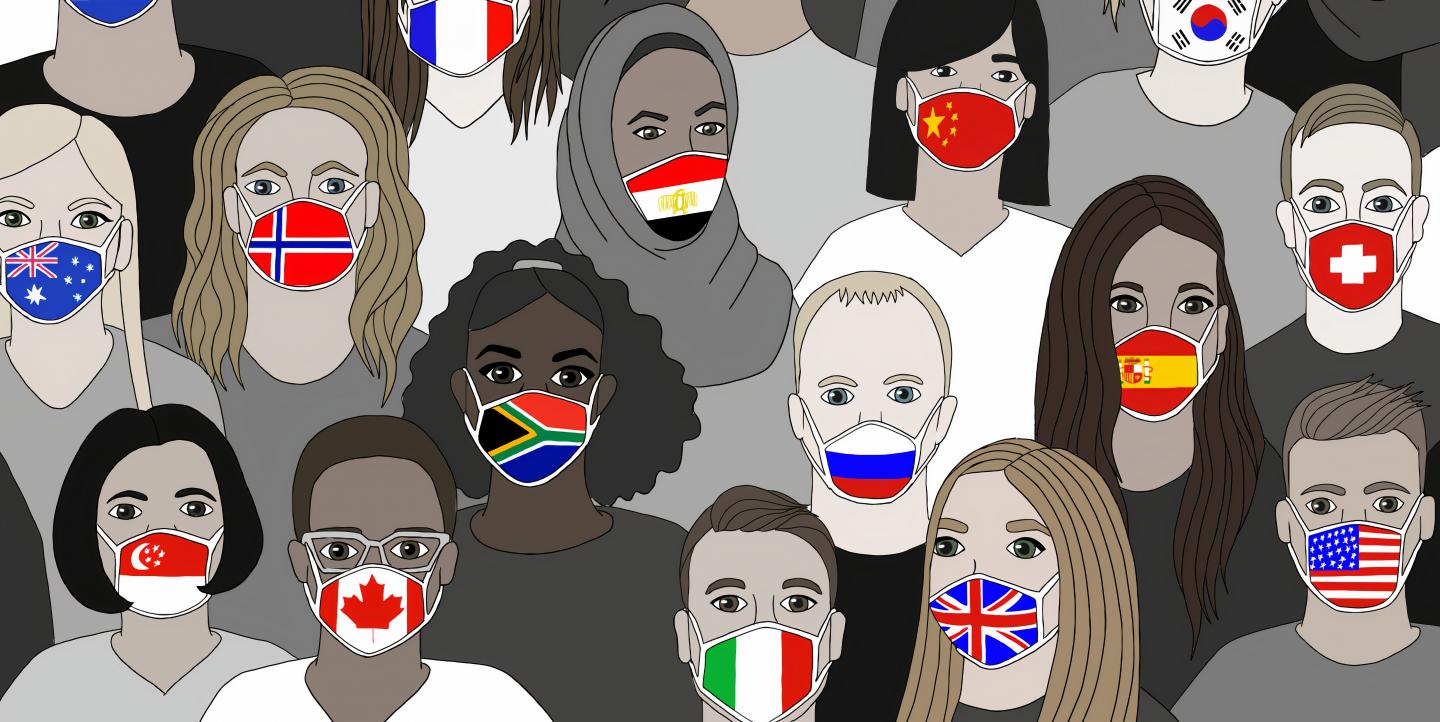In March, 18-year-old Dylan Carlson began an internship at News Decoder, a global educational news service for young people. Later that month, European countries began implementing lockdowns to combat COVID-19. The France-based outlet advised its staff to work from home.
Shortly after, News Decoder joined the Teenage Reporting Project COVID-19, a platform for teenage journalists around the world to share their reporting on ways their peers are helping during the pandemic — at a time when young people are perceived to be unruly and uncaring.
“There are so many young people that are doing really positive things,” said Carlson. “I think, among teenagers, we also had this perception that a lot of us weren't caring about this or weren't doing anything about it.”
The Teenage Reporting Project COVID-19 released its first batch of articles in early May. Stories so far range from student fundraising initiatives, to a student designed germ-zapper prototype, to an effort to feed stray dogs in India during the pandemic.
News Decoder is the project’s primary media partner. The initiative has teamed with student-led news organizations in more than 15 countries including China, South Africa and the U.S.
[Read more: Critical early-career opportunities exclude low-income students]
The project’s origin
Dr. Aralynn McMane was inspired to create the project after seeing consistently negative portrayals of teenagers refusing to physically distance.
“I think it’s important to hear also, loud and clear, about how young people are making a difference. Who better to do that than their peers around the world who also happen to be journalists?" said McMane.
McMane is a trustee at News Decoder, and the director of the Global Youth & News Media Prize. She utilized the contacts she had through the competition to round up the Teenage Reporting Project’s first participants.
Florida’s Marjory Stoneman Douglas High School’s student magazine, The Eagle Eye, was among the first to join the Teenage Reporting Project, alongside News Decoder. In 2018, The Eagle Eye won the first-ever Global Youth & News Media Prize in 2018, for its coverage of the March for Our Lives, which was organized by students following the 2018 mass shooting at their school.
Denmark’s Young Reporters for the Environment and the UK’s Student View are also awardees of the Global Youth & News Media Prize, and both now involved in the Teenage Reporting Project.
McMane gathered additional participants through a social media push and word of mouth. There are currently more than 20 participating student news organizations across more than 15 countries. More are welcome to join.
[Read more: Impact-driven journalism during the pandemic]
Young Reporter highlights
So far, Carlson has contributed two stories to the reporting project. For his first, he wrote about a young woman and her family in Kenya who make face shields out of yoga mats to give to nearby health care workers. He discovered this story by making connections via a Facebook page for Yale University’s incoming class of 2024, of which he is a part.
“Originally I wasn’t searching for a story, I was just looking for what I could do to help,” said Carlson, “Then when I saw the responses, I was like, ‘Okay, these people need to have their stories heard.’”
Carlson started reporting with his high school newspaper in Upper Arlington, Ohio. After graduating in 2019, he took a gap year to live abroad in France, where he is now interning at News Decoder.
“By nature I’m a curious person and that gives me amazing access to talk to people and to find out their stories,” said Carlson.
Carlson believes strongly in the importance of student journalism because of its ability to push young people out of their comfort zones, to pursue and tell important stories.
“I think it can be great that there could be a kind of international platform that's highlighting these stories and highlighting different writers,” he said.
Meanwhile, Marjory Stoneman Douglas High School senior Dara Rosen was similarly inspired by the role journalism plays in society. “I saw the importance and power in [journalism] and decided that was what I wanted to do with my life,” she said. Rosen joined The Eagle Eye in her sophomore year of high school.
Recalling the school’s previous win of the Global Youth and News Media Prize, McMane immediately reached out to The Eagle Eye to join the Teenage Reporting Project. “Before this project, we were covering the politics surrounding COVID-19, the school's decisions, student opinions and reactions, online school struggles and many arts and leisure style opinion pieces,” said Rosen, 18, now an editor of The Eagle Eye. “But since the introduction of this project, we have brought to light the amazing things some students in our community have done.”
Rosen is bound for Florida Gulf Coast University in the fall, where she will major in journalism. “Hopefully in person,” she added.
Young journalists around the world continue to contribute to the Teenage Reporting Project COVID-19. The project will release additional stories on May 20 and June 7.
Main image created by Laura Makaltses for the United Nations COVID-19 Response. CC-licensed by Unsplash.

